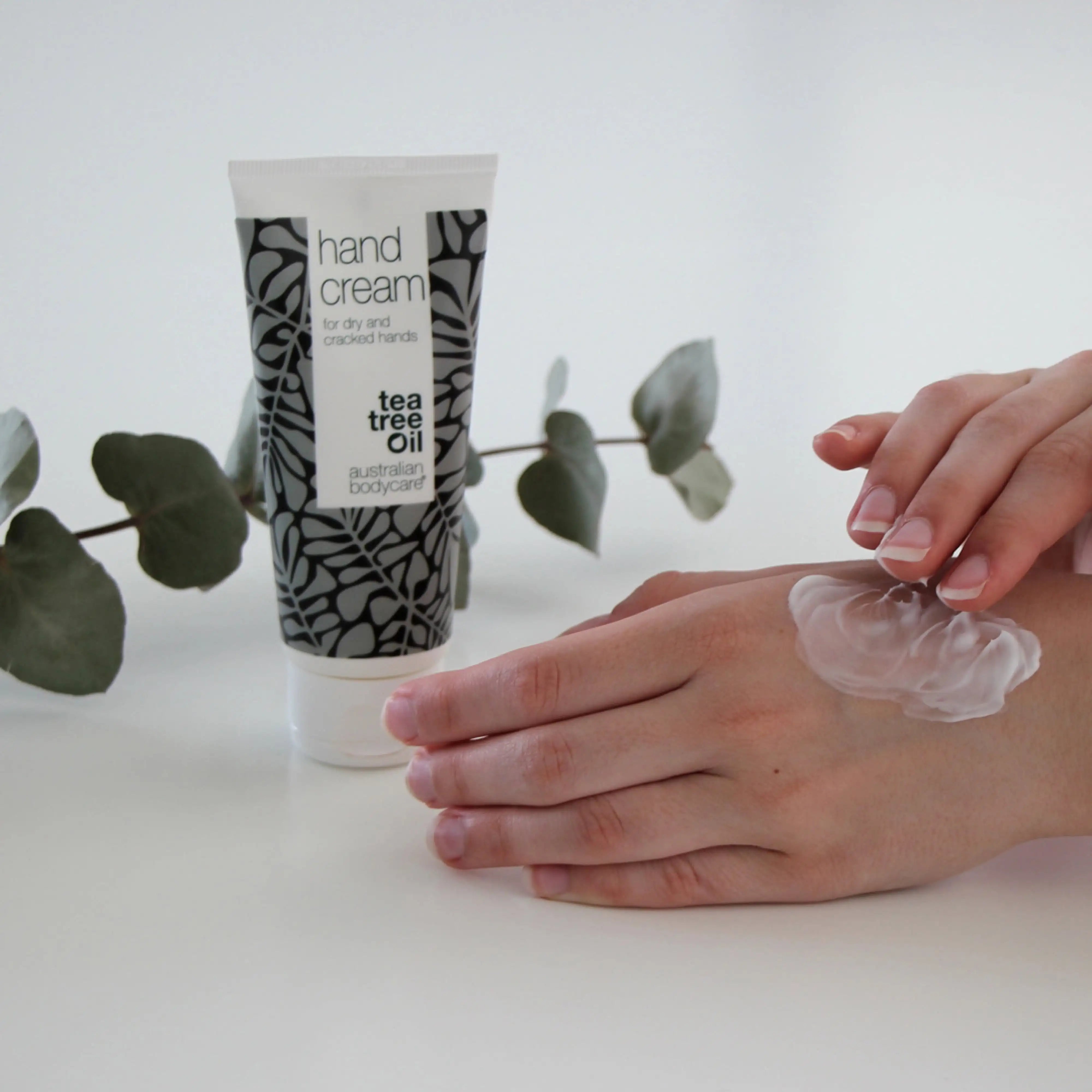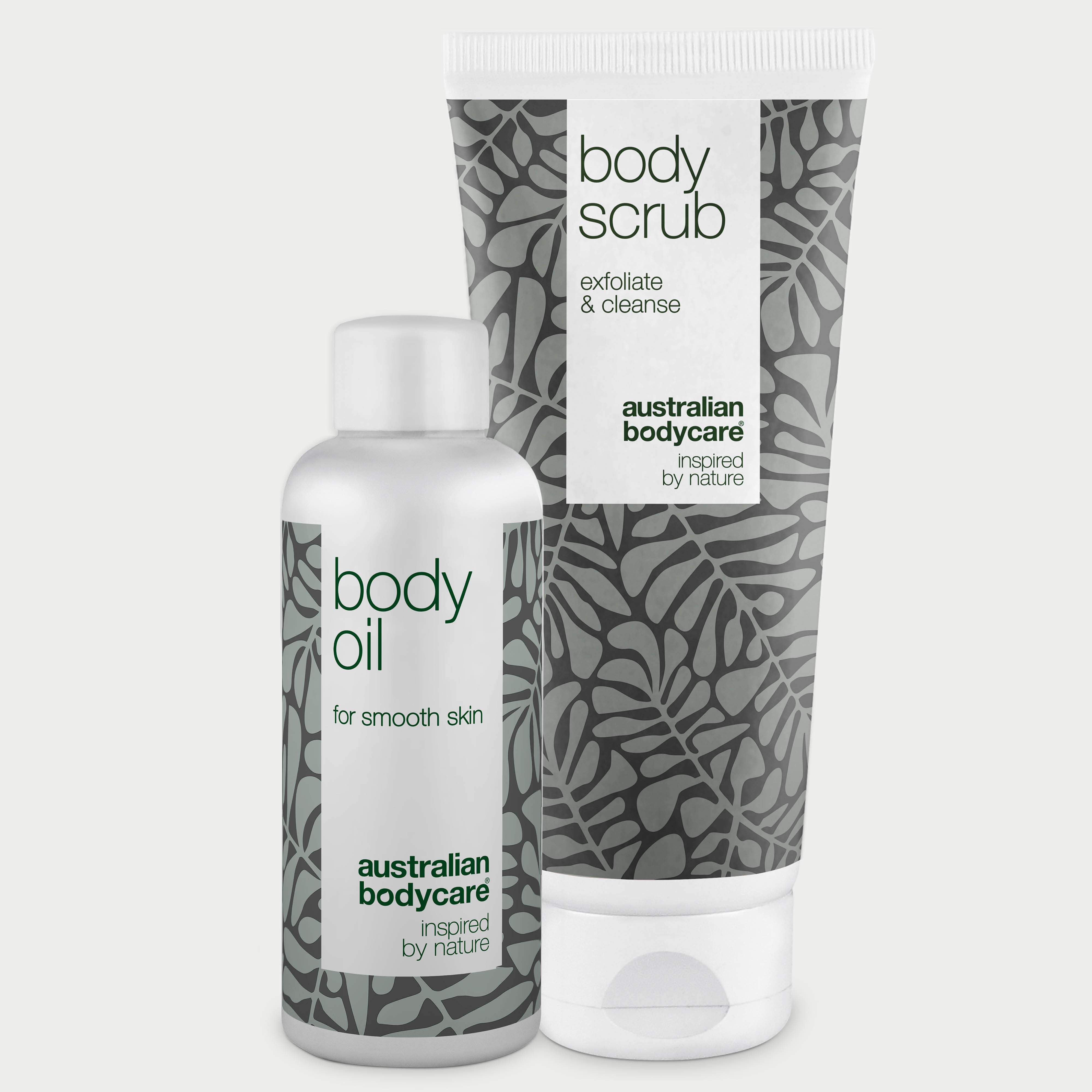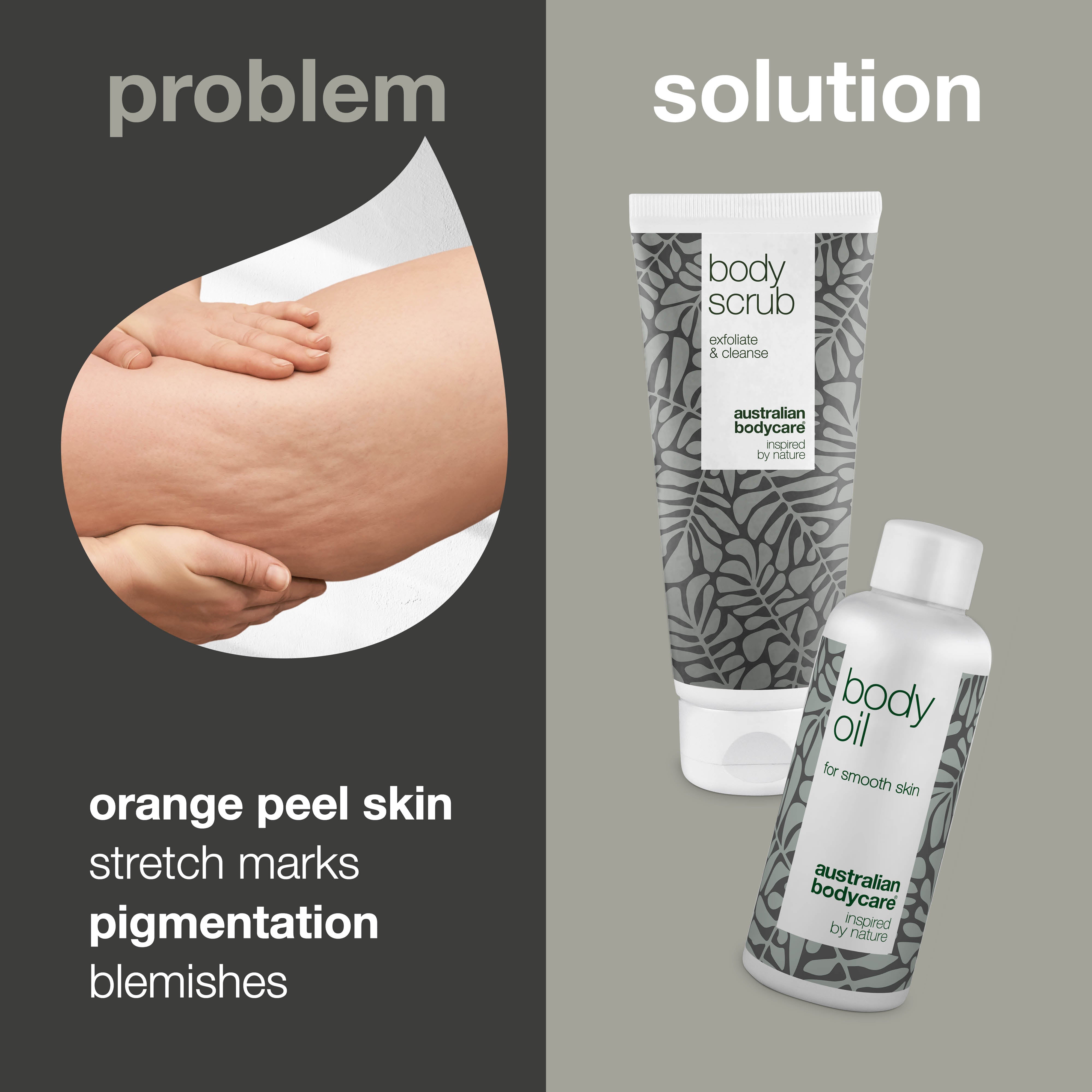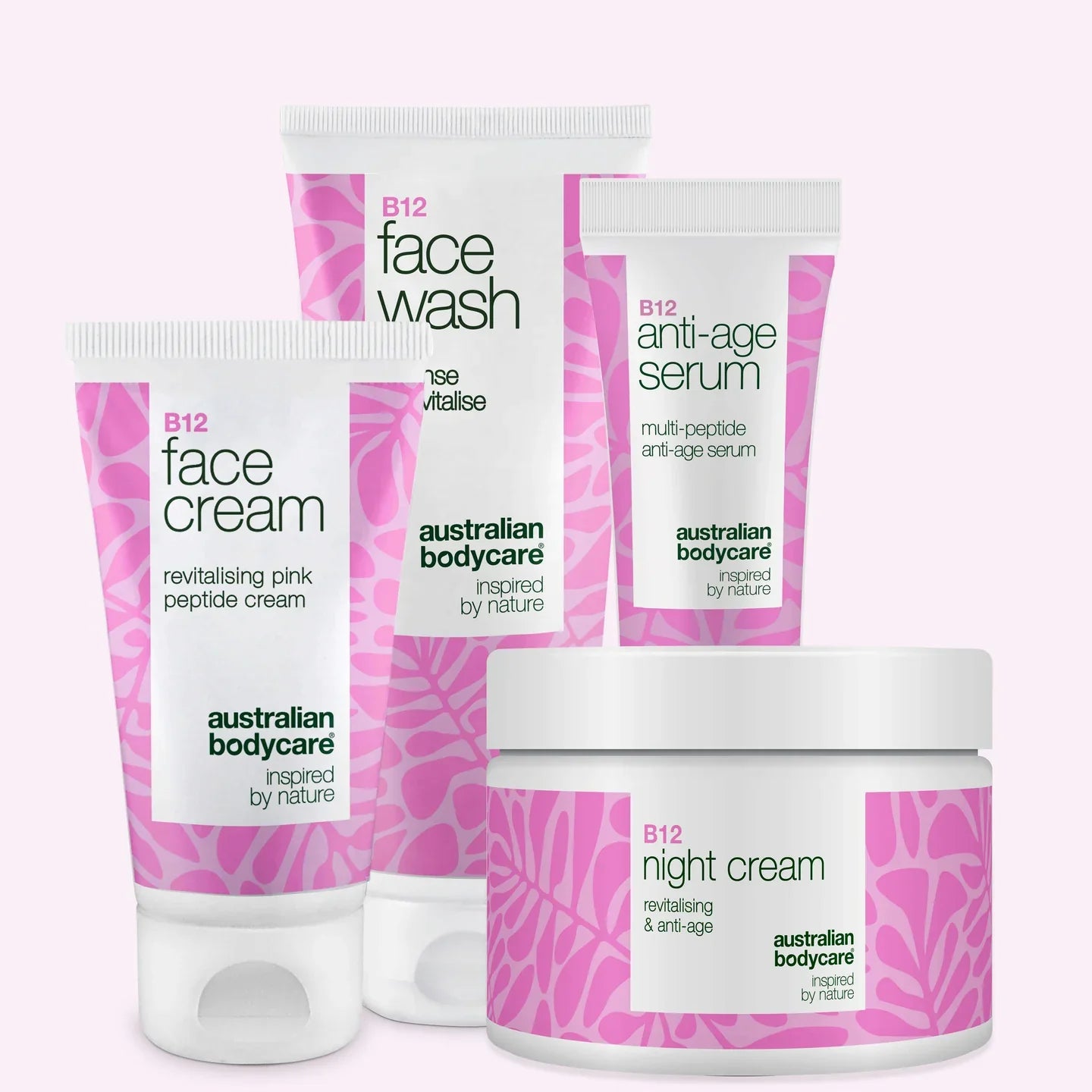What is orange peel skin (cellulite) and how do you get rid of it?
Orange peel skin (cellulite) is when the texture of your skin looks like the peel of an orange. The condition occurs when small deposits of fat under the skin accumulate due to small holes in the connective tissue. It’s quite harmless and there are several tips to prevent and treat it, which we’ll be looking at in more detail in this article.
Table of contents
What is orange peel skin?
Orange peel skin is also called cellulite, a condition which causes the texture of the skin to look like orange peel. That is, your skin in the affected areas looks uneven and dimpled.
It’s quite harmless and also a very common condition affecting women of all ages, which doesn’t make it any less annoying, and many are tired of having orange peel skin, even if it is just cosmetic.
Cellulite and cellulitis - know the difference
Many people mistakenly call cellulite cellulitis, which is not entirely correct. Orange peel and cellulite are the same terms for a quite harmless skin condition, whereas cellulitis is an inflammatory condition in the body caused by skin bacteria.
Cellulitis manifests itself as swelling, tenderness and redness of the skin, whereas cellulite is simply depressions in the skin. It’s important to know the difference, as cellulitis requires medical treatment, whilst cellulite (orange peel skin) is quite harmless.
Orange peel skin is common and completely harmless
Women typically get orange peel skin, although it can affect both sexes. This is because women's fat distribution is different from men's, and women naturally also have a higher percentage of fat.
Regardless of your age and whether you are slim or not, you can get orange peel skin, as it’s a very common condition. In fact, 80-90% of women of all ages experience orange peel skin.
What causes orange peel skin?
Orange peel skin most often appears in places on the body where there is more fat. This is because orange peel skin occurs when small deposits of fat in the subcutaneous tissue accumulate due to small cavities in the skin’s connective tissue. As a result, small depressions appear in the skin that look like the peel of an orange.
There’s no definitive answer as to why people get orange peel skin - therefore it may also be difficult to prevent. However, we know that the fat layer under the skin causes orange peel skin.
There may be several reasons why cellulite appears
The fat layer, also called subcutaneous fat, lies in small connective tissue spaces between the skin and muscles. As we get older, the connective tissue contracts and becomes stiffer, which may cause dimpled skin. This is because the connective tissue simply cannot keep up anymore, because of its reduced elasticity.
But it’s not just age that determines whether you’ll get orange peel skin or not. Teenagers, adults and the elderly can all get orange peel skin.
Typical causes of orange peel skin:
- Fatty foods and poor lifestyle - a high intake of fatty foods can make orange peel skin more pronounced, because the fat puts pressure on the skin and connective tissue.
- Genes - you may be more prone to getting orange peel skin, as it can be hereditary. If your mother or grandmother has struggled with orange peel skin, it’s very likely that you will as well.
- Age - your skin loses elasticity and becomes thinner with age, which makes orange peel skin more pronounced.
There may be many reasons why you’re prone to getting orange peel skin - and it’s not just your weight that is the deciding factor. Unfortunate genes, poor lifestyle and age are all reasons why you get orange peel skin.
Where does orange peel skin typically occur on the body?
Cellulite occurs due to the fat layer under the skin, therefore the places on the body with the most fat will typically be affected by orange peel skin. For women, this is typically on the thighs, buttocks, hips and abdomen.
However, this varies considerably from person to person and in principle it is possible to get orange peel skin all over the body.
How to get rid of orange peel skin?
Although orange peel may seem unavoidable, there’s still a lot you can do to prevent and treat orange peel skin.
There is no documented treatment for orange peel skin, but many people experience good results by following a number of good tips.
Therefore, if you want to reduce your orange peel skin or make it less pronounced, you should focus on exercise, diet and effective skin care.
A healthy diet reduces cellulite
If you suffer from cellulite, it’s a good idea to take a closer look at your diet. If you eat a lot of fatty foods, this may be one of the reasons why you get orange peel skin.
Your body always feels its best when you make sure that you have a healthy and varied diet. Therefore, you could try cutting down on a high-fat diet and instead eat more vegetables and fruits (and drink plenty of water).
In addition, you should cut down on alcohol, cigarettes, coffee and sugary drinks, as these reduce blood circulation and affect the skin's elasticity and resilience at the same time.
Exercise: Build muscle mass and increase your blood circulation
The most effective treatment for orange peel skin is a healthy lifestyle - including exercise. There are two reasons in particular why exercise reduces orange peel skin:
1. Your muscle mass increases
The less fat and more muscle you have, the smaller your fat layer will be, thus causing orange peel skin to shrink. If you want to increase your muscle mass, you should do strength training. This builds up muscle mass, and allows you to burn fat faster and tighten up tissue.
2. Your blood circulation is stimulated
When you keep your body working, your blood circulation improves and your skin develops a firmer structure. Nevertheless, exercise is not the only factor that increases blood circulation - proper skin care does too.
Stimulate your skin and blood circulation with skin care
Proper skin care can do wonders in the fight against orange peel skin. An oil such as Body Oil from Australian Bodycare is particularly good.
If you use the oil regularly, you’re not only helping to stimulate blood circulation, you’re also adding moisture and elasticity to the skin, thereby tightening it up and potentially reducing orange peel skin, so your skin becomes clean and beautiful.
Skin care routine for orange peel skin:
Body scrub - boost blood circulation with a good body scrub from Australian Bodycare. You can use a glove or a dry brush, or you can choose the easy solution, which is to use a body scrub. You can use it before or while you are in the shower.
Not only does it result in soft skin, but with regular use, your blood circulation increases and it may reduce cellulite.
Body oil - once you’ve scrubbed your skin, you should use a body oil created for this purpose. If you use Australian Bodycare Body Oil, you only need to use a couple of drops, which you massage thoroughly into the skin. It moisturises the skin and increases its elasticity, thereby reducing orange peel skin. If you have dry skin, you can supplement it with Body Lotion or Body Cream.
It’s been documented that our users have experienced a significant improvement in the appearance of stretch marks, orange peel skin and scars when using Body Oil.
FAQ about cellulite
What is cellulite?
Cellulite, also known as orange peel skin, is a condition which causes the skin to look like the peel of an orange. It’s quite harmless and is caused when small deposits of fat in the subcutaneous tissue accumulate due to small cavities in the skin’s connective tissue.
What causes cellulite?
There’s no documented reason why orange peel skin appears, but most often it’s due to genes (thin skin, which is hereditary), unhealthy diets (too much high-fat food) and age (the skin becomes thinner and less elastic as you age).
How to get rid of cellulite?
It’s not possible to get rid of cellulite completely, but you can reduce it with healthy eating, exercise and strength training as well as a good skin care routine with body scrub and body oil which increase the skin’s elasticity and blood circulation.
What helps to combat cellulite?
If you want to reduce cellulite, you can exercise, eat healthily and care for your skin with massage, dry brushing, scrubs and moisturising oils.





